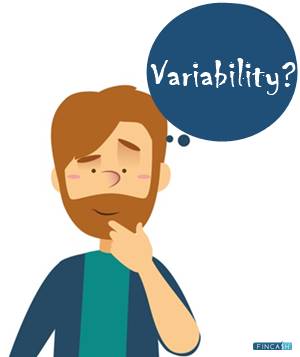
Table of Contents
What is a Random Variable?
A random variable is one such variable whose value is unidentified. Often, these variables get designated by letters and can also be categorized as distinct variables with certain values; or continuous variables with values in a consistent Range.

While a discrete random variable considered a countable number of different values; continuous Random Variables may signify any value that comes within a certain interval or range and can be considered as an infinite number of potential values.
Generally, random variables are used in regression or econometric analysis to comprehend statistical relations among each other.
Explaining Random Variable
Random variables, in probability and statistics, are used to enumerate results of a random situation; thus, can take on several values. These variables are needed to be computed and are generally real numbers.
For instance, X could be used to signify the total of resulting numbers after two dice get rolled. In such a situation, X can be 4 (2 + 2) or 12 (6 + 6) or any other number. In comparison to an algebraic variable, random variable comes with a certain set of values.
And, any of these values can be the resulting outcome as understood in the dice example mentioned above. As far as the corporate world goes, random variables could be assigned to varying properties, like the average price of a specific asset over the period of time, the computed turnover rate at a company within the next six months, the return on an investment after a certain number of years, and more.
Risk analysts allocate random variables to risk models whenever they wish to assess the possibility of a negative event occurring. Such variables are presented with the help of tools, like scenario and sensitivity analysis tables used to make decisions regarding risk mitigation.
Talk to our investment specialist
Example of Random Variable
One of the typical random variable examples would be the result of a coin toss. Keep in mind the distribution of probability wherein the results of a random event are not similar. If random variable, X, is the number of heads you get from tossing a coin, Y could be anything – be it 0, 1, 2, 3, 4, 5, etc. This means that there could be either no head or one head.
All efforts have been made to ensure the information provided here is accurate. However, no guarantees are made regarding correctness of data. Please verify with scheme information document before making any investment.






